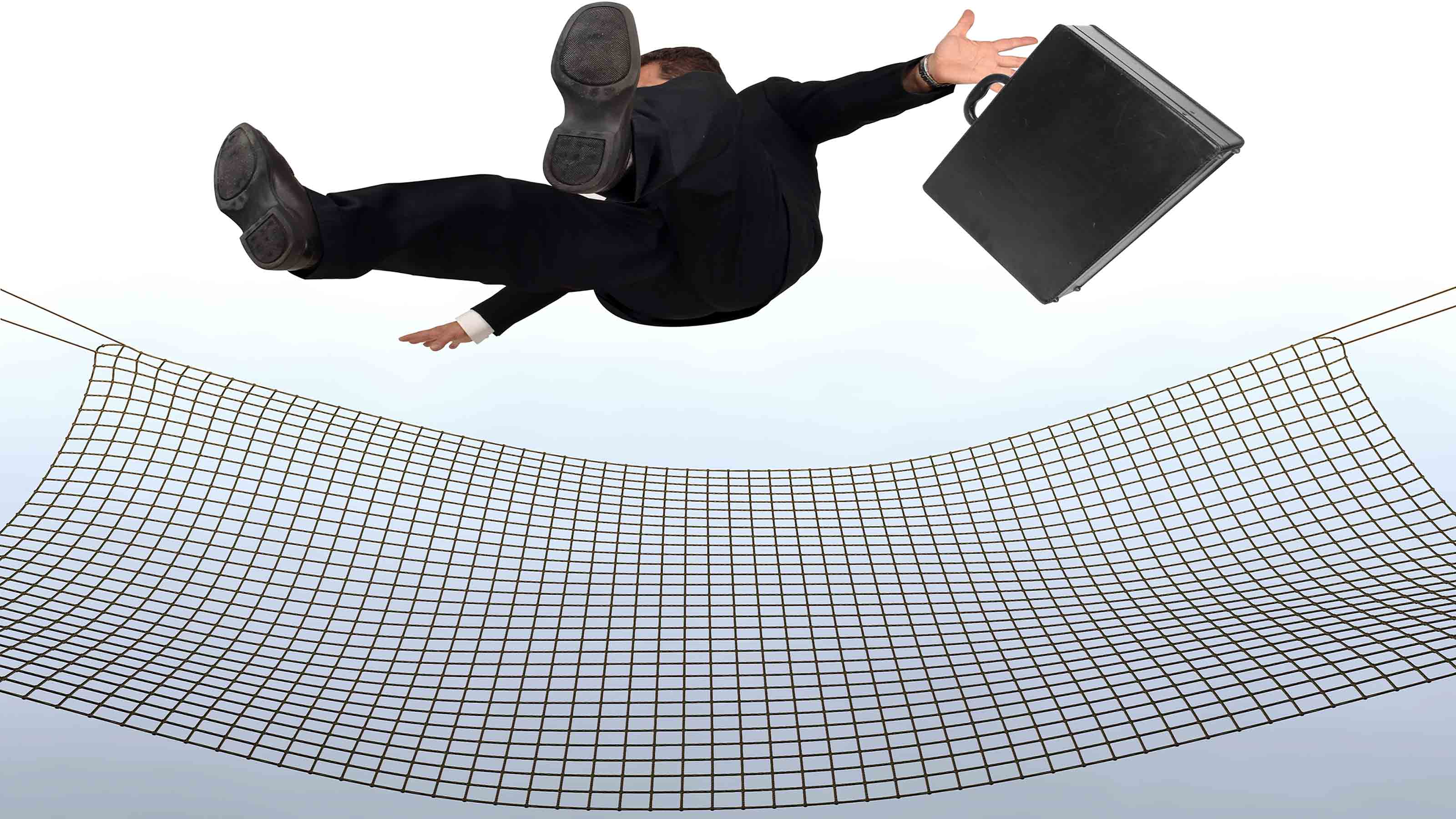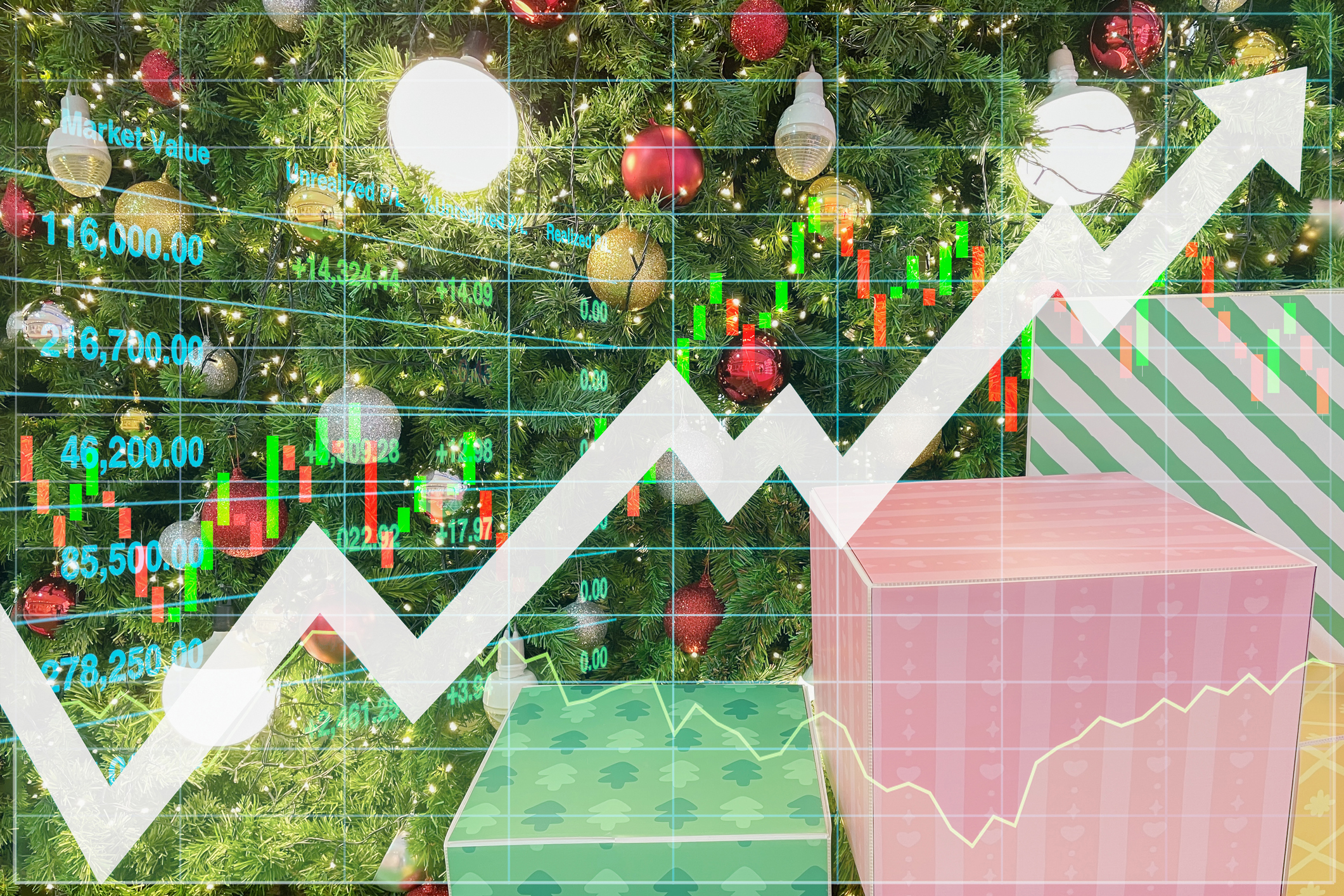Buffered ETFs Can Limit Your Losses
The catch: You'll give up some gains in return.


Investing in stocks can seem like walking a tightrope without a safety net. A new breed of exchange-traded funds aims to change that. These funds, called buffered or defined-outcome ETFs, absorb a portion of stock market losses in exchange for capping some of the gains.
"This is a solution for investors who want to protect on the downside," says Ryan Issakainen, head of ETF products at First Trust Advisers.
Other investments, such as low-volatility stock funds, also promise to cushion against market gyrations. But buffered ETFs, by investing in one-year options linked to a broad benchmark, differ in that they set exactly how much in losses – 9%, 10%, 15%, 20% or 30% before fees, depending on the fund – shareholders are protected from over a 12-month period.
From just $107.88 $24.99 for Kiplinger Personal Finance
Become a smarter, better informed investor. Subscribe from just $107.88 $24.99, plus get up to 4 Special Issues

Sign up for Kiplinger’s Free Newsletters
Profit and prosper with the best of expert advice on investing, taxes, retirement, personal finance and more - straight to your e-mail.
Profit and prosper with the best of expert advice - straight to your e-mail.
How much you give up in returns depends in part on the amount of protection the fund offers. The greater the cushion, the smaller the potential gain. "These strategies provide risk mitigation first," says Johan Grahn, head of ETF products at Allianz Investment Management. "They are not built to hit home runs."

The first buffered ETFs launched in August 2018. Since then, another 70-odd defined-outcome funds have opened. Innovator and First Trust are the largest providers; AllianzIM and TrueShares entered the market in 2020. Because the funds rely on one-year options, the names of buffered ETFs include a month of the year, signaling the start of the 12-month period.
How Buffered ETFs Work
Most buffered ETFs are linked to the S&P 500 Index. Innovator S&P 500 Buffer ETF February (BFEB), for example, tracks the SPDR S&P 500 ETF Trust (SPY). Investors who bought shares in BFEB at the start of February 2021 have a 9% buffer against losses.
That means SPY can drop by up to 9% over the 12-month period from February 1, 2021, to January 31, 2022, and shareholders will lose nothing. But losses beyond the 9% buffer are not shielded. So if SPY declines, say, 15% over the 12-month period, BFEB shareholders (who bought in early February) will suffer a 6% loss.
On the flip side, BFEB’s potential return tops out at 18%, before fees, over the 12-month period. Any gains beyond that are forfeited. At the end of the one-year period, the fund resets by buying new options, which will define the parameters over the next 12-month period.
Buffered ETFs, all actively managed, carry an expense ratio of roughly 0.80%; the most common buffer is about 10%. Innovator and First Trust have funds that offer bigger cushions that work a little differently. You absorb the first 5% drop, and the fund absorbs up to the next 30 percentage points in losses. Allianz offers a series of funds with a 20% cushion.
TrueShares' funds differ on the upside. Instead of accepting a percentage-point limit on potential returns, investors in TrueShares defined-outcome ETFs can expect to reap roughly 83% of the S&P 500's price returns over any given 12-month period. That's a plus, because gains could be less curtailed relative to other buffered ETFs as long as the S&P 500 keeps rising.
Buy shares in a defined-outcome ETF within a week of the start of its 12-month stretch to take advantage of the fund's full downside buffer. In late May or early June, for example, buy a June-dated ETF. And plan to hold the ETF for at least the full year. For investors who don't buy at the start of the period, note that the buffer and cap shift a bit depending on the fund’s net asset value each day.
Profit and prosper with the best of Kiplinger's advice on investing, taxes, retirement, personal finance and much more. Delivered daily. Enter your email in the box and click Sign Me Up.

Nellie joined Kiplinger in August 2011 after a seven-year stint in Hong Kong. There, she worked for the Wall Street Journal Asia, where as lifestyle editor, she launched and edited Scene Asia, an online guide to food, wine, entertainment and the arts in Asia. Prior to that, she was an editor at Weekend Journal, the Friday lifestyle section of the Wall Street Journal Asia. Kiplinger isn't Nellie's first foray into personal finance: She has also worked at SmartMoney (rising from fact-checker to senior writer), and she was a senior editor at Money.
-
 'Humbug!' Say Consumers, Despite Hot GDP: Stock Market Today
'Humbug!' Say Consumers, Despite Hot GDP: Stock Market Today"The stock market is not the economy," they say, but both things are up. Yet one survey says people are still feeling down in the middle of this complex season.
-
 The SEC Is Concerned for Older Investors and Retirement Savers. Here's What You Should Know
The SEC Is Concerned for Older Investors and Retirement Savers. Here's What You Should KnowThe SEC focusing on older investors, retirement and college savers, and private securities. Here's how those changes impact you.
-
 Vesting, Catch-Ups and Roths: The 401(k) Knowledge Quiz
Vesting, Catch-Ups and Roths: The 401(k) Knowledge QuizQuiz Test your understanding of key 401(k) concepts with our quick quiz.
-
 'Humbug!' Say Consumers, Despite Hot GDP: Stock Market Today
'Humbug!' Say Consumers, Despite Hot GDP: Stock Market Today"The stock market is not the economy," they say, but both things are up. Yet one survey says people are still feeling down in the middle of this complex season.
-
 Stocks Rise to the Spirit of the Season: Stock Market Today
Stocks Rise to the Spirit of the Season: Stock Market TodayInvestors, traders and speculators are beginning to like the looks of a potential year-end rally.
-
 Nasdaq Leads as Tech Stages Late-Week Comeback: Stock Market Today
Nasdaq Leads as Tech Stages Late-Week Comeback: Stock Market TodayOracle stock boosted the tech sector on Friday after the company became co-owner of TikTok's U.S. operations.
-
 Cooler Inflation Supports a Relief Rally: Stock Market Today
Cooler Inflation Supports a Relief Rally: Stock Market TodayInvestors, traders and speculators welcome much-better-than-hoped-for core CPI data on top of optimism-renewing AI earnings.
-
 Nasdaq Sinks 418 Points as Tech Chills: Stock Market Today
Nasdaq Sinks 418 Points as Tech Chills: Stock Market TodayInvestors, traders and speculators are growing cooler to the AI revolution as winter approaches.
-
 Stocks Chop as the Unemployment Rate Jumps: Stock Market Today
Stocks Chop as the Unemployment Rate Jumps: Stock Market TodayNovember job growth was stronger than expected, but sharp losses in October and a rising unemployment rate are worrying market participants.
-
 Stocks Struggle Ahead of November Jobs Report: Stock Market Today
Stocks Struggle Ahead of November Jobs Report: Stock Market TodayOracle and Broadcom continued to fall, while market participants looked ahead to Tuesday's jobs report.
-
 AI Stocks Lead Nasdaq's 398-Point Nosedive: Stock Market Today
AI Stocks Lead Nasdaq's 398-Point Nosedive: Stock Market TodayThe major stock market indexes do not yet reflect the bullish tendencies of sector rotation and broadening participation.